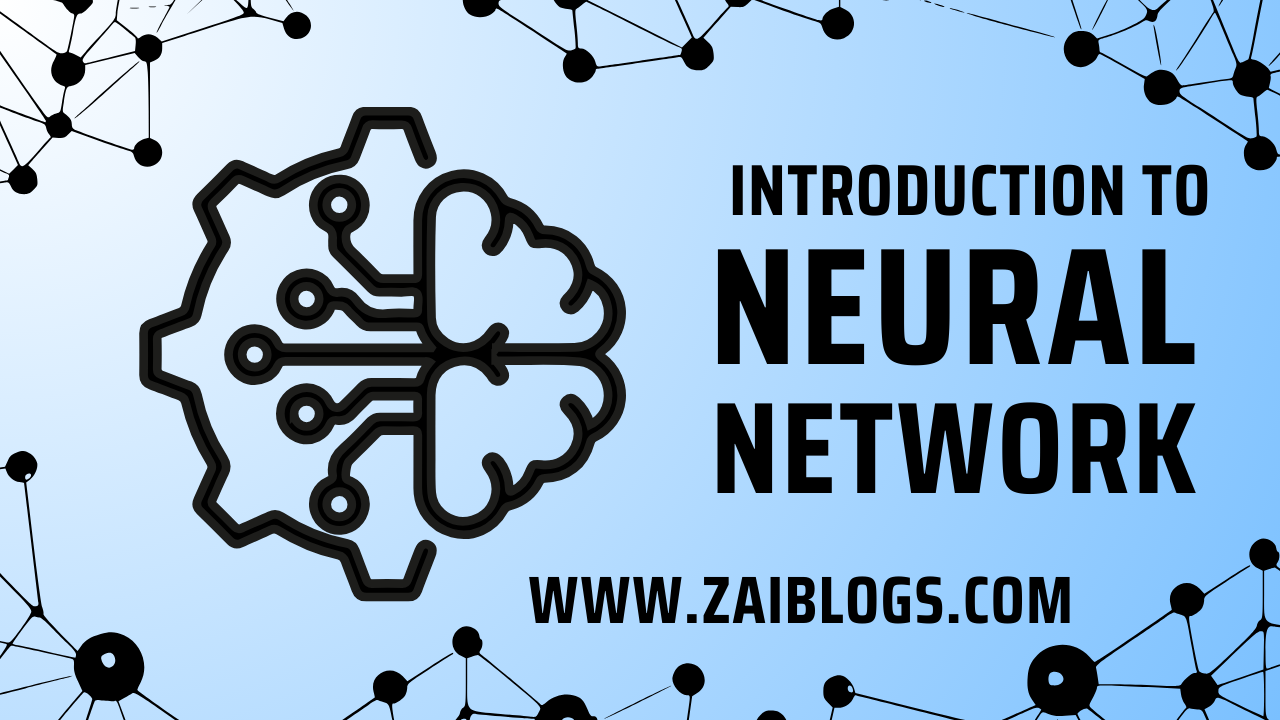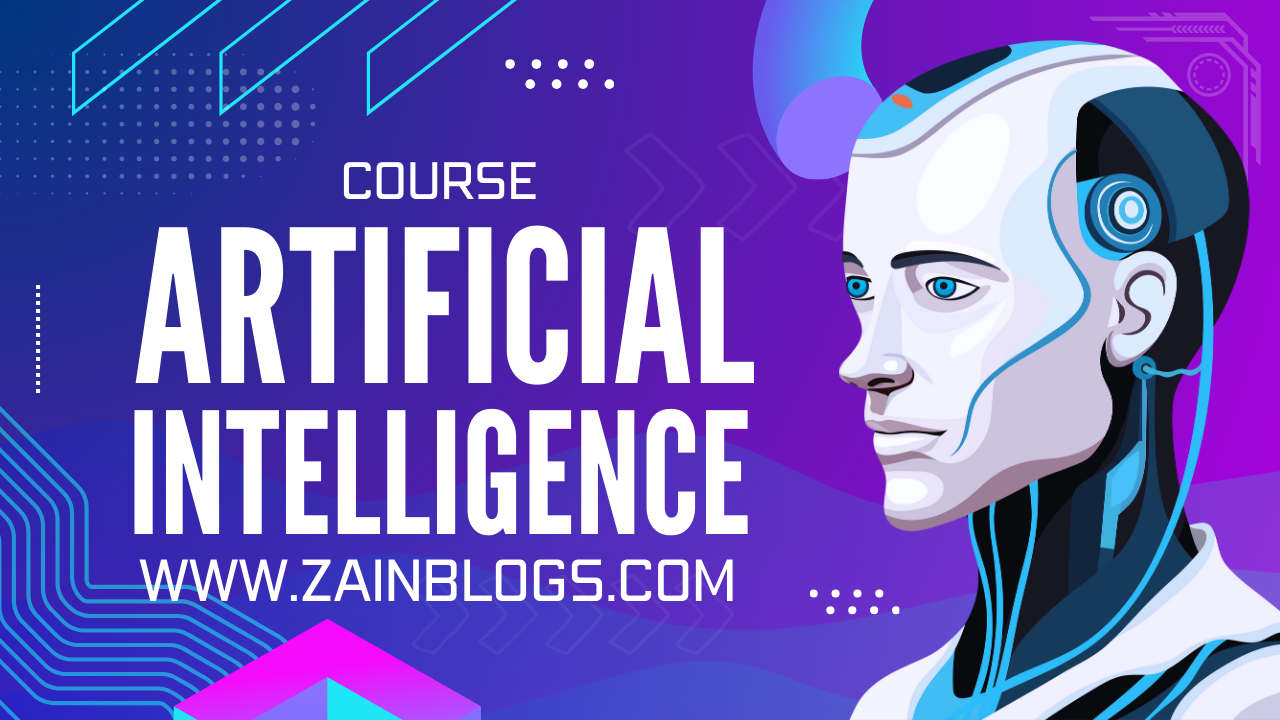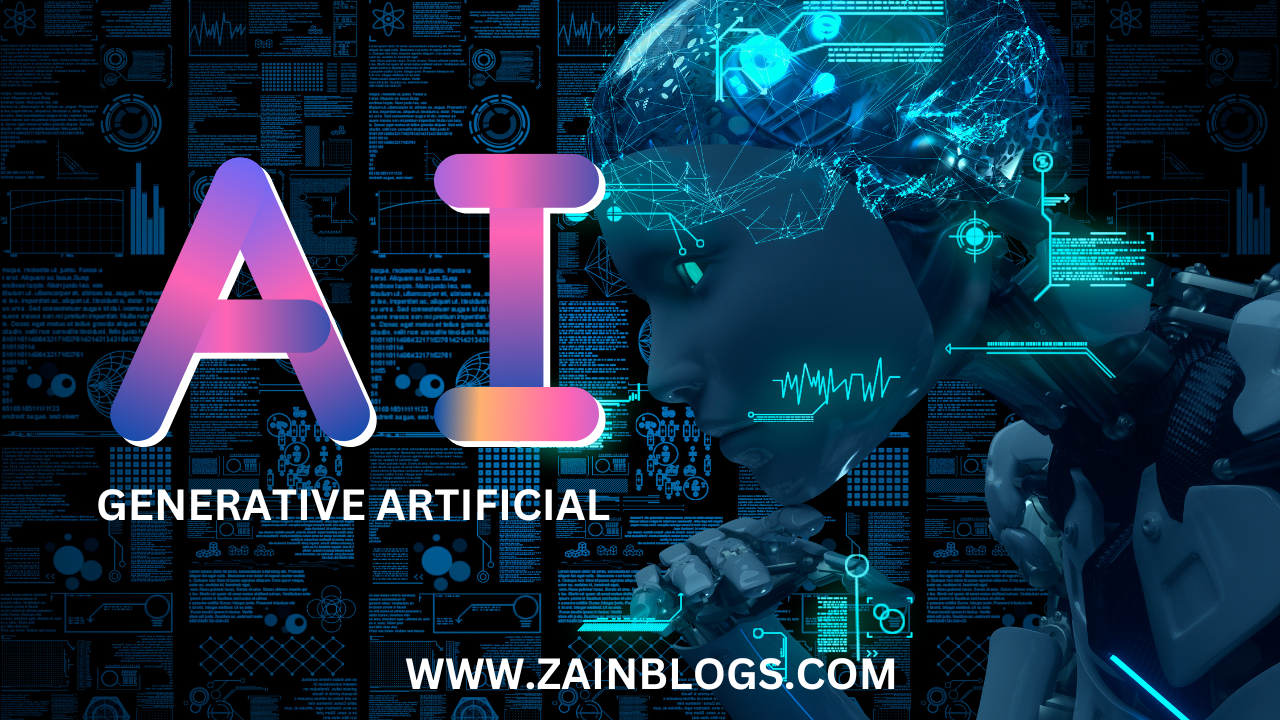MLB Playoff Bracket 2025: A Comprehensive Guide
The postseason race in 2025 is getting hotter as the regular season of Major League Baseball (mlb playoff bracket), which begins on April 1, 2019, nears its end. This blog is covered by financeinfo. The playoffs are just around the corner and the last games of the regular season will determine who will be eligible for the postseason. The mlb playoff bracket 2025 postseason bracket now includes 12 teams. This means that there will be three division winners from each league and three Wild Card teams. It should make for a very competitive and exciting postseason. MLB Postseason Format The mlb playoff bracket 2025 postseason in 2025 will follow a new format, with 12 teams — six from the American League and six from National League. The bracket has four stages, including the Wild Card Series and Division Series. There is also a Championship Series and World Series. In the Wild Card Series the third seed from each league will face the sixth seed. The fourth and fifth seed will also be battling it out in a best-of-3 series. These matchups will lead to the Division Series where the winners face the top division winners in best-of-5 format. The Division Series winners will then advance to the Championship Series which is a seven-game best-of-seven format in both leagues. The World Series will be a showdown between the AL and NL champions, a best of seven series for baseball’s ultimate prize. Current Standings & Playoff Picture American League The American League playoff picture begins to take shape as the regular season comes to a close. The Toronto Blue Jays, New York Yankees, and AL East are in a close battle for the title of the division, with the Blue Jays holding a slight advantage. In the AL Central, the Cleveland Guardians are in a close race with the Detroit Tigers for the top position. Seattle Mariners dominate the AL West, having already won the division title. The Wild Card race is fierce in the AL, as the Yankees are battling it out with Detroit Tigers and Houston Astros for the last few spots. The Red Sox secured a Wild Card spot, marking their first appearance in the postseason in three years. Meanwhile, the Tigers and Astros will battle it out in the remaining days for the last spots. National League The Philadelphia Phillies won the NL East in the National League and secured a bye to the first round of the playoffs. Milwaukee Brewers have won the NL Central, and the Los Angeles Dodgers lead the NL West. Chicago Cubs has secured its spot in the Wild Card race but competition for the last two spots is fierce. San Diego Padres have a chance to win the Wild Card. The New York Mets and Arizona Diamondbacks also are in the running. The final days of regular season are crucial, just as they were in the AL. The Storylines and Key Matchups American League One of the most thrilling stories of the season has been the battle between the Blue Jays, and the Yankees for the AL East Division title. Each game has felt like it will determine which team wins the division and who is relegated into a Wildcard spot. The AL Central race is also intense between the Tigers and Guardians, with the Guardians gaining ground late in the year. The Wild Card race is also a rollercoaster. While the Red Sox are making a strong effort to reclaim their playoff spot, the Tigers and Astros are still fighting for the remaining positions. National League The Phillies have been a standout in the NL’s East, and will be a formidable opponent in the playoffs. Brewers have also had a strong season in Central, and the Dodgers are another team worth watching in October. Wild Card races in the NL are extremely competitive with many teams vying to get the last spots. Cubs Padres Reds Mets Diamondbacks all are in the mix. The tiebreaker between Reds and Mets makes the postseason picture even more interesting. It will be fascinating to see how the teams will fare in the last games of the regular season. Playoff Schedule Wild Card Series will begin the mlb playoff bracket 2025 Postseason from September 30 through October 2. From October 4 to 10, the Division Series will begin, with the winning teams advancing to the Championship Series which runs from October 12 through October 18. The World Series will be held from October 20 through October 28. This is when the MLB 2025 champions will be crowned. FAQs Q1 – How many mlb playoff bracket teams are there? The mlb playoff bracket 2025 playoffs consist of 12 teams, six from each league. These teams are divided into three divisional winners and three wild card teams. Q2 – How are the Wild Card Series presented? Wild Card Series has a best of three format. The third seed plays the sixth seed and the fourth seeds faces the fifth. The higher seed will host all three games. Q3 – When does the mlb playoff bracket playoffs start? The mlb playoff bracket 2025 playoffs begin on September 30, 2025 with the Wild Card Series. Q4 – How do tiebreakers work in mlb playoff bracket playoffs? The tiebreaker is determined first by the head-to-head records, then by division records, and finally by the overall record. Additional tiebreaker scenarios will be applied if teams are still tied. Q5 – Where can I watch mlb playoff bracket playoffs? The MLB Postseason will be broadcasted on ESPN, TBS and mlb playoff bracket 2025 Network. Local listings will provide specific game times. conclusion: The MLB postseason of 2025 promises to be a thrilling and unpredictable experience, as division races are still undecided. Several teams will also be battling it out for the last Wild Card spots. As the season ends, the playoff picture will continue to change, so every game is important. Fans can expect a thrilling regular season finale. As the baseball … Read more





